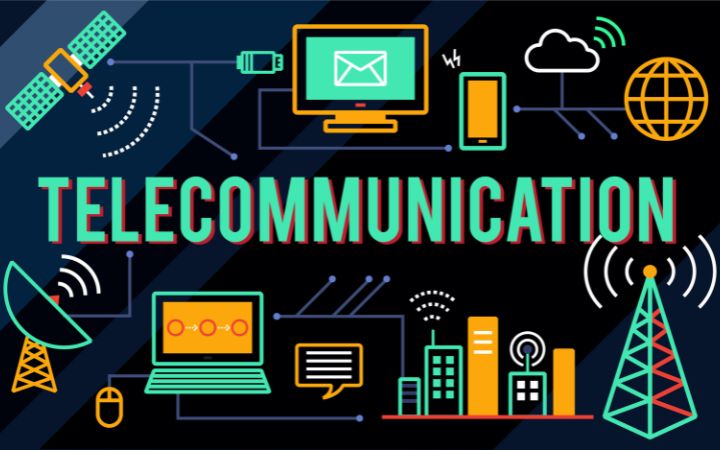What Is NFT, And How Does It Work?: Non-Fungible Token

What Is An NFT?
Before diving into the intricate universe of NFTs, it is important to understand what they are. An NFT, or Non-Fungible Token, is a digital asset that uses blockchain technology to certify its uniqueness and ownership. Unlike fungible tokens, such as Bitcoin or Ether, each NFT is unique and unrepeatable and cannot be exchanged for another of equal value. This uniqueness makes NFTs so fascinating and drives their explosive growth in the worlds of art, gaming, music, and beyond.
NFTs can be anything from a tweet, a piece of digital art, or a video to a bit of a song. If you want to dive even deeper into the theory and practice behind NFTs, this resource is a good starting point.
The Rise Of NFTs: More Than A Fad
Entering this vibrant digital world, it is crucial to understand that NFTs are much more than a cryptocurrency trend or a simple fad. They represent a significant paradigm shift in valuing and purchasing digital goods.
In the early days of the web, the notion of digital ownership was diffuse at best. You could buy a song on iTunes, but did you really own it? You could, in fact, listen to it all you wanted, but you couldn’t resell it or lend it, and if iTunes disappeared, so did your song.
NFTs change all that. For the first time, you can own a digital asset with all the advantages that come with it. And that’s not something that will disappear, any more than land ownership disappeared when people began to understand its value.
But the potential of NFTs goes far beyond simply “owning” music or digital art. Think digital collectables, like baseball cards or video game characters. These goods have intrinsic value in the physical world due to their scarcity. Why couldn’t it be the same in the digital world? NFTs make that possible.
Additionally, NFTs are proving to be an incredibly innovative way for artists and content creators to connect with their audience and monetize their work. For example, musician Grimes sold 10 pieces of digital art as NFTs for over $6 million. She retained ownership of the copyright, but buyers got limited digital artwork that could be appreciated over time.
If we dig deeper, we can see the potential of NFTs in areas such as intellectual property and copyright. NFTs could represent ownership of an idea, an invention, or a news article. This could open the door to new forms of trade and transfer of intellectual property.
The Human Side Of NFTs: A New Dawn For Creators
Aside from the astronomical numbers and sensational headlines lies the most interesting and transformative aspect of NFTs: their impact on creators of all sizes and sectors. From independent artists to game developers, musicians and beyond, NFTs are redefining the relationship between creators and consumers.
In the traditional art world, for example, artists often make a negligible percentage of the sales of their work, especially after it is first sold. With NFTs, artists can schedule “royalties” into their tokens to receive a percentage of future sales of their works. This allows artists to capture more value from their work and provides them with a residual source of income.
Furthermore, NFTs open the door to new interaction and collaboration between artists and fans. NFTs can be programmed to include special benefits for holders, such as exclusive access to new content, virtual meet-and-greets, physical goods, and more. This creates a more direct and personal relationship between artists and fans, in which the latter can become true patrons of their favourite artists.
But the benefits of NFTs for creators are not limited to the art world. Any digital content can be tokenized and sold as an NFT, from songs and music albums to e-books, videos, games, and more. This can radically change the economics of content creation, allowing creators to capture much greater value from their work and establish a more direct relationship with their audience.
Additionally, NFTs can help solve one of the most persistent problems of the digital age: piracy. By assigning clear, transferable ownership to digital goods, NFTs could go a long way toward discouraging piracy and protecting creators’ rights.
Of course, NFTs are not a panacea. Legal and ethical issues need to be addressed, and not all creators will benefit from them in the same way. But there’s no doubt that NFTs are opening up new opportunities for creators in the digital age, and that’s something worth celebrating.
Also Read: The Best Online Stores For Digital PC Games 2023
NFTs: Not Just Digital Art
Although much of the attention around NFTs has focused on digital art, their reach and applications go far beyond that. NFTs are beginning to infiltrate various sectors, including real estate, fashion, music, sports, and more.
Sports Joins The NFT Fever
NFTs are changing the way fans interact with their favourite sports and athletes. The NBA, for example, has found considerable success with its NBA Top Shot platform, which allows fans to buy, sell and collect game highlights in the form of NFTs.
NFTs In The Music Industry
Musicians are also exploring the potential of NFTs to monetize their work in new ways. Artists like Grimes, Kings of Leon, and Steve Aoki have released music and related digital art as NFTs, with lucrative results. Selling an album as an NFT allows artists to benefit from direct ownership, artificial scarcity, and the ability to receive resale commissions.
The World Of Video And NFTs
Video games represent another exciting space for NFTs. Games like CryptoKitties and Decentraland use NFTs to create unique gaming assets that players can own and trade on decentralized markets.
Navigating The World Of NFTs: Important Considerations
The NFT fever has led some to spend huge amounts on these digital assets. But as with any emerging market, it is important to proceed cautiously. Like cryptocurrencies, NFTs can be volatile, and their value can fluctuate considerably.
Furthermore, while NFTs can offer new forms of ownership and monetization, they also raise legal and ethical questions that still need to be fully resolved. From intellectual property issues to the environmental footprint of blockchain technology, potential buyers and sellers of NFTs should do their research carefully before diving into this exciting new world.
In Conclusion
NFTs are here to stay. This exciting technology opens up new opportunities for creators, offering new ways to interact with art, music, sports and more. However, as with any revolution, there are obstacles and challenges. But there is no doubt that we are witnessing the birth of a new era in digital property.






